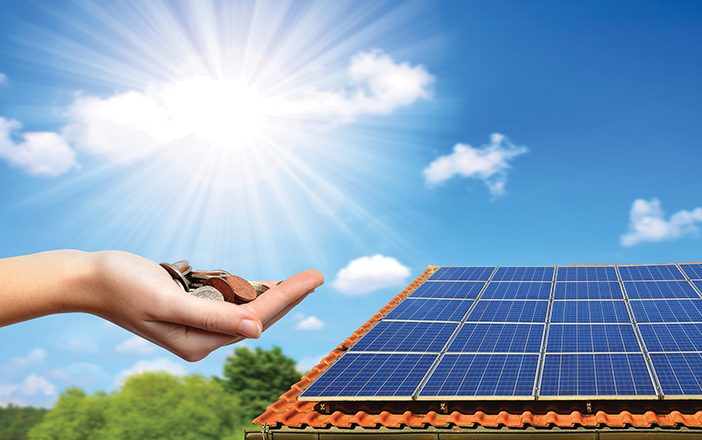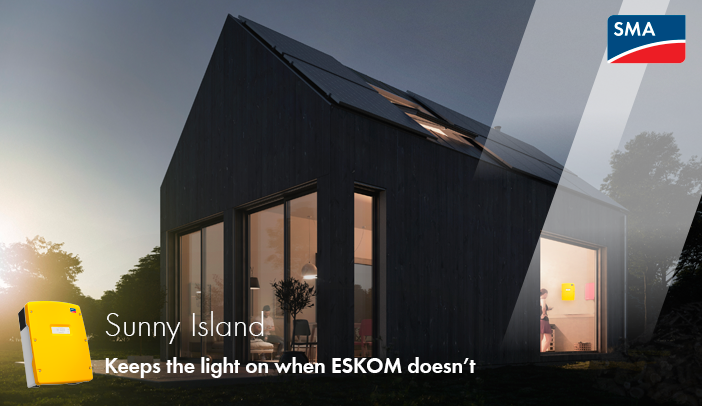- If you are thinking of installing a solar PV system at your home and are in two minds on how to pay for it, here is some pointers.
- The best way to pay for your pv system is with cash if you have it.
- If you do not have cash, there are other options.
The lease to own scheme is a good one if you cannot pay upfront but not advisable if you will be selling your house in the short term (5 years). Make sure the lease covers system performance warranty, faults and call outs should something go wrong (check).
If you look closer, the interest that you are paying on the system in very high (usually between 25% and 30%) in the case of a lease agreement. If you want to go this route, it may be better taking out a loan or overdraft against your bond (if you have one) or just a straight loan from your bank with your home as collateral. It works out to be much cheaper with a shorter payback period because of the lower interest rate (10% -15%).
Be aware, interested rates will continue to ratchet up in 2023 and only start declining end of year or Q1 2024. Check if both finance options are fixed interest rate or not.
There is a tax incentive on solar panels for homeowners in South Africa. Make sure you qualify and factor this in to your costing. Here are the tax incentives explained – link
Installers come with funnies after the fact like ‘wiring in sections of your house are not compliant and may need extra remedial work’. Make sure your installer is a qualified electrical engineer, electrician or wireman and the installation comes with a installation warranty.
There are three main components to a residential solar PV system namely; the inverter, battery and solar panels. In some cases the inverter and battery will be combined into one system. Each will have their own factory warranty (check and compare suppliers). Keep all your documentation.
Any system installed must come with a COC (certificate of compliance) and once installed, all documentation must be sent to your household insurer. You must include your new solar pv system in your insured items and make sure it is covered for a lightning strike.
Get three quotes!
Good luck!
Author: Bryan Groenendaal
Ps, one more thing, you will need to register your system with your local town or city council. Your installer will direct you through this process.

















